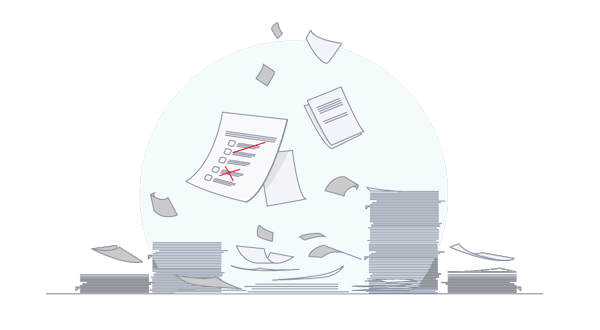Four reasons to include indirect tax compliance in your holiday season retail strategy
Whether you need to provide buyers with a smooth checkout experience, or need a tax compliance management solution to support your business during the demanding holiday season, Avalara can help.
Four reasons to include indirect tax compliance in your holiday season retail strategy
Whether you need to provide buyers with a smooth checkout experience, or need a tax compliance management solution to support your business during the demanding holiday season, Avalara can help.
Is your business 'holiday ready'?
Are your multi-channel marketing plans, payment platform, logistics, and special offers all set? Of course they are. But there’s one part of the ecommerce jigsaw puzzle that can be an afterthought for online retailers that trade internationally – often resulting in paying too much tax, fines, and a poor customer experience.
Today’s shopping behaviours demand that retailers deliver a consistent, fast, and accurate experience across all sales channels.
Global online sales have surged in the past 18 months, and as we approach the peak buying period, which includes Black Friday and Cyber Monday, Avalara is here to provide tips and tax solutions, so you can be ready for the holiday season.
Four steps to mastering global tax compliance
Tax compliance was once a simple back-end process for accounting teams but as shopping across multiple channels expands, consumer expectations evolve, and new indirect tax regulations are passed, a retailer’s ability to maintain international tax compliance becomes more complicated.
An omnichannel indirect tax compliance strategy can support your global business goals.
An effective strategy accomplishes these four objectives:
1 | Enhance the checkout experience
As online buyers, we’ve grown accustomed to viewing tax and shipping in the shopping cart.
49% of shoppers abandon their cart because they consider taxes, shipping, and fees to be too high*.
To avoid shopping cart abandonment, retailers need to provide speedy, accurate, and consistent sales tax calculations across all channels. You can achieve this with automation.
*Source: Baymard Institute

2 | Accommodate growth and change
The surge in ecommerce demand, provides businesses with opportunities to enter new channels, sell to new locations, and expand product catalogues.
Holiday shoppers spent $201.32 billion online in November and December 2020, up more than 45% from the prior season.*
Holiday sales could easily exceed this threshold in 2021. The ability to deliver a seamless experience requires consistent tax determination across multiple systems.
*Source: Digital Commerce 360

3 | Drive efficiency and reduce cost
As retailers grow and sell across multiple borders, more resources are required to keep up with multiple sales tax rules, differing tax regulations, and filing requirements.
A well-executed compliance strategy can help you do more with less. Moreover, it can be the deciding factor between successfully defending an audit or facing penalties.

4 | Reduce risks as compliance increases
During the holidays, retailers expand product lines, head count, and pop-up locations to meet increased consumer demand. In doing so, their indirect tax obligations can quickly change because of rapid growth across multiple sales channels.
Governments swiftly pass diverse and complex indirect tax laws to secure their share of the revenue. These rules tap sales and fulfilment approaches used by retailers. Staying current on regulations requires continual research on the latest legislation.








